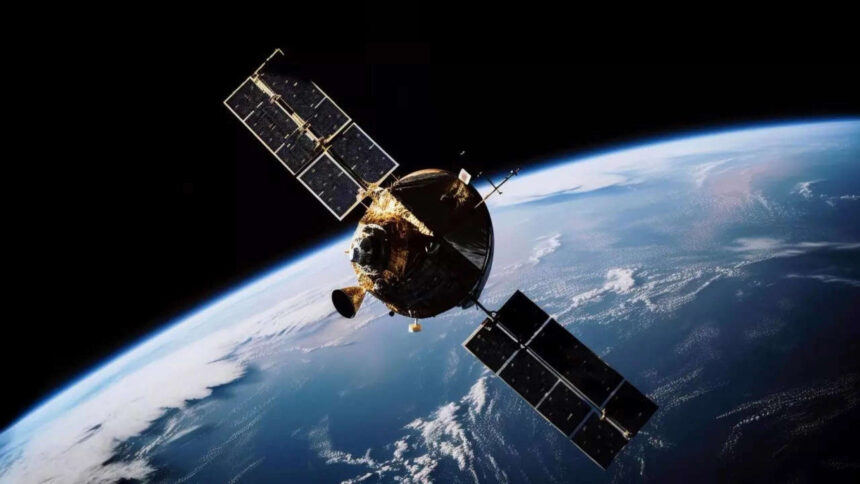Tata Advanced Systems Ltd (TASL) has embarked on a groundbreaking venture in collaboration with Satellogic to manufacture high-resolution imagery satellites for India’s armed forces. This move is a significant leap in bolstering surveillance capabilities along the country’s borders, representing a substantial investment in the military space sector.
Manufacturing Facility in Bengaluru
TASL’s newly established facility in Bengaluru is dedicated to producing sub-metre resolution satellites designed for military applications. Equipped with a ground station for satellite control and image processing, the facility marks a strategic effort to enhance the armed forces’ ability to monitor infrastructure and acquire military targets with precision.
Response to Defence Ministry’s Challenge
The development aligns with the Indian defence ministry’s call for the creation of satellites with metre and sub-metre resolution for military purposes. TASL’s manufacturing facility, with support from Satellogic, is poised to produce up to 24 low earth orbit (LEO) satellites annually. The first Indian-made satellite, featuring a spatial resolution of 0.5 meters, is anticipated to launch within six months.
Strategic Partnership with Satellogic
TASL CEO and MD Sukaran Singh emphasized the critical role of high-resolution imagery satellites in Indian defence applications. The collaboration with Satellogic positions TASL to leverage the Latin American company’s expertise in earth observation satellites, marking a crucial step towards indigenous capabilities in this domain.
Reducing Dependency on Foreign Sources
Currently, the armed forces rely on satellite imagery from the Indian Space Research Organisation (ISRO) and occasionally procure commercial images from foreign entities. However, the need for heightened surveillance along extended border areas has prompted TASL’s initiative. Establishing a ground station in India will augment operational security and streamline the acquisition of images in areas of strategic interest.
Operational Security and Target Acquisition
In scenarios necessitating increased surveillance, the armed forces often resort to obtaining images from foreign entities, sharing coordinates of monitored areas. Establishing an indigenous ground station addresses security concerns and facilitates efficient operations, particularly in areas requiring precise target acquisition.
Diversification and Localization
Beyond satellite manufacturing, TASL plans to utilize its expertise in system integration, electronics, and software to develop satellites with diverse payloads, meeting evolving defence requirements. The company aims to localize the production process and foster the development of indigenous payloads, furthering its commitment to technological self-reliance.
Conclusion: A Strategic Leap in Military Space Capabilities
TASL’s foray into high-resolution imagery satellites represents a strategic leap in advancing India’s military space capabilities. The collaboration with Satellogic and the establishment of a cutting-edge manufacturing facility underscore Tata’s commitment to innovation and self-sufficiency in meeting the nation’s defence needs.










